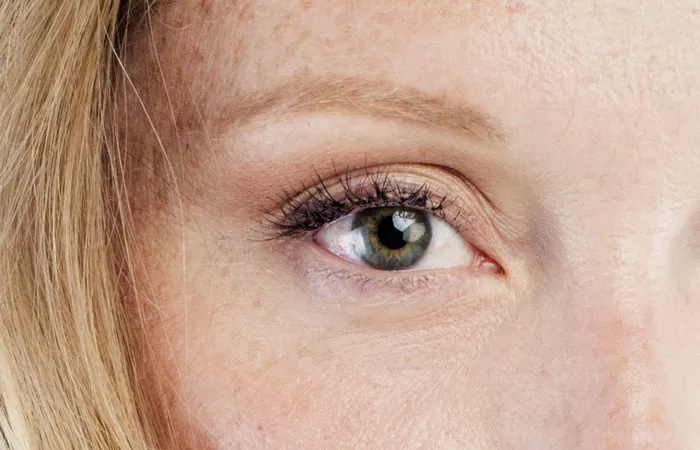Eyelid surgery, also known as blepharoplasty, is a cosmetic procedure that involves removing excess skin, fat, and muscle from the eyelids. It is a popular choice for individuals who want to improve the appearance of their eyelids, reduce signs of aging, or correct functional issues that may be affecting their vision. However, not everyone is a suitable candidate for eyelid surgery. In this article, we will discuss the signs that indicate you may need eyelid surgery and help you determine if it’s the right option for you.
1. Excessive Sagging Skin:
One of the main reasons people opt for eyelid surgery is excessive sagging skin on the upper or lower eyelids. As we age, the skin loses its elasticity, and this can lead to a droopy or hooded appearance. If the sagging skin is severe enough to impair your vision or make you look constantly tired, it may be time to consider eyelid surgery.
2. Puffy or Baggy Eyelids:
Puffiness or bags under the eyes can give a perpetually tired or aged appearance. In some cases, these cosmetic concerns can be hereditary or caused by fluid retention, while in others, it may be due to aging or lifestyle factors. If you have tried non-surgical treatments such as creams or serums without success, eyelid surgery may be a viable option to address these issues.
3. Impaired Vision:
Sometimes, excessive skin or fat deposits on the upper eyelids can obstruct your field of vision. This condition can be both frustrating and potentially dangerous, affecting your ability to perform daily activities such as driving or reading. If you find that your vision is compromised due to drooping or heavy upper eyelids, eyelid surgery may be recommended to improve your quality of life and visual function.
4. Deep Wrinkles or Creases:
Deep wrinkles or creases around the eyes are another common concern that can be effectively treated with eyelid surgery. While non-surgical treatments like Botox or dermal fillers can address fine lines, they may not be sufficient for deeper wrinkles. Eyelid surgery can help smooth out these deeper lines, giving you a more youthful and refreshed appearance.
5. Excess Fat Deposits:
If you have bulging fat deposits in the upper or lower eyelids, it can create a puffy or swollen look. These fat deposits can be caused by genetics, aging, or other factors. Eyelid surgery can help remove or redistribute the excess fat, resulting in a more balanced and harmonious facial appearance.
6. Eyelid Asymmetry:
Asymmetry in the eyelids can be a source of self-consciousness for many individuals. Whether the asymmetry is due to genetics, injury, or a previous surgery, eyelid surgery can be an effective solution to create a more balanced and symmetrical appearance. A skilled surgeon can assess your individual case and determine the appropriate surgical approach to address eyelid asymmetry.
7. Droopy Eyebrows:
Sometimes, a drooping or low position of the eyebrows can contribute to the appearance of sagging eyelids. In such cases, eyelid surgery alone may not provide the desired results. A combination of eyelid surgery and brow lift may be recommended to achieve optimal aesthetic outcomes. By lifting the eyebrows, the overall appearance of the upper eyelids can be improved, resulting in a more youthful and alert look.
8. Realistic Expectations:
Before considering eyelid surgery, it is crucial to have realistic expectations. Eyelid surgery can enhance your appearance and address specific concerns, but it cannot completely alter your facial features or stop the natural aging process. It is essential to consult with a qualified and experienced plastic surgeon who can assess your unique situation and discuss the expected outcomes realistically.
Conclusion:
Eyelid surgery can be a life-changing procedure for individuals with functional or cosmetic concerns related to their eyelids. Whether it’s excessive sagging skin, puffy eyelids, impaired vision, deep wrinkles, excess fat deposits, eyelid asymmetry, or droopy eyebrows, eyelid surgery offers a viable solution. However, it is crucial to consult with a reputable plastic surgeon who can evaluate your needs and determine if you are a suitable candidate for the procedure. Remember, the decision to undergo eyelid surgery should be based on careful consideration and realistic expectations to ensure a successful outcome.


